Laranjal Manor in Brazil introduces the recommended hand cooking method of washing yellow bourbon / yellow bourbon.
For professional baristas, please follow the coffee workshop (Wechat official account cafe_style)
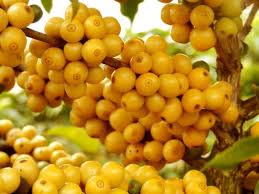
The coffee is produced by three small Laranjal farms in the Pocos de Caldas area of Mogiana. Pocos de Caldas is a crater, and these farms are located around or around the crater. These farmers choose the best cherries to dry on the screen, and then choose the best beans to produce such top lots. The slurry has partially removed the mucus before drying. The remaining mucus gives the beans fruit characteristics, but to a lower extent than the all-natural fruit with all the pulp and skin. The pulped natural protein fills the gap between completely natural and washed coffee, usually providing some bright notes and fruity flavors. In other countries, the word "honey" can be used interchangeably
Farmer: Laranjal Manor
Region: Mogiana-Pocos de Caldas
Variety: yellow bourbon / yellow bourbon
Processing: washing treatment method
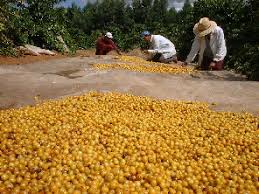
Laranjal Manor is located in the Po osde Caldas mountains with steep terrain and mild climate. The farm was acquired by the Sert ozinho Group in October 2007 to realize the potential of its premium specialty coffee known in the region. This group has made a lot of successful contributions in the Brazilian Cup.
The long-term crops on this farm are due to the unique microclimate that enables them to grow exotic varieties of coffee.
The 330ha land owned by Laranjal has rich fertile soil, delicate climate and abundant rainfall. Like Brazilian coffee like this can be an important part of the roaster's menu, especially when using espresso. Traditionally, most espresso recipes include Brazil because of its characteristics: low acidity, high body, cream, caramel and chocolate notes with a considerable amount of sweetness. This coffee can improve your traditional Brazilian profile.
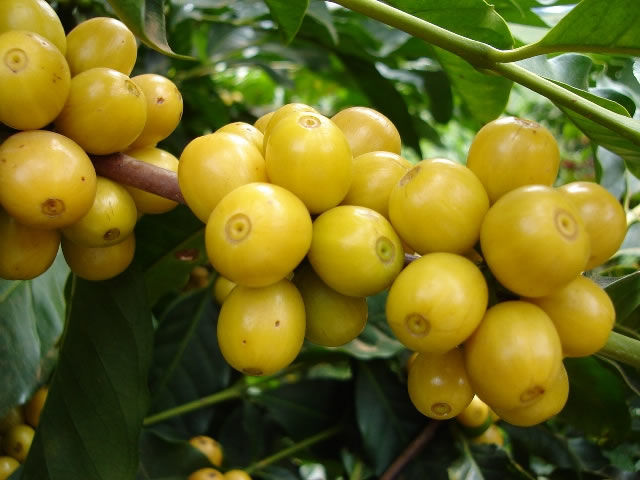
Coffee features: this pulped natural coffee has a beautifully smooth and round body, sweet acidity and a clean aftertaste. A good choice of ingredients for traditional espresso mixtures. Higher lemon acidity, fruit and chocolate flavors, and more sweetness, which will produce complex cups and espresso.
Cooking suggestions:
Hand-cooked filter cup Hario V60
Water temperature: 90 degrees (medium to shallow baking)
The ratio of powder to water is 15 grams at 1:15.
After 30 seconds of steaming, water injection is divided into two stages. In the first stage, the water injection stops at 107 grams, and the water surface drops to almost the surface of the powder layer, and then the water injection is completed at one time. The total time is 2 minutes and 07 seconds.
Important Notice :
前街咖啡 FrontStreet Coffee has moved to new addredd:
FrontStreet Coffee Address: 315,Donghua East Road,GuangZhou
Tel:020 38364473
- Prev
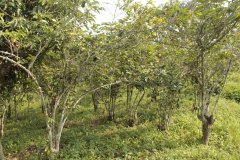
Fair Trade Association of Caranavi, Bolivia
Professional barista exchanges please follow the coffee workshop (Wechat official account cafe_style) Bolivia Caranavi (Karanawi) fair trade association organic beans Bolivia is a landlocked country known as the ancient plateau, coffee is mainly produced in the plateau 1200 ~ 2000 meters above sea level, the main producing areas are Caranavi Karanawi in the north and Santa Cruz Santa Cruz in the south
- Next
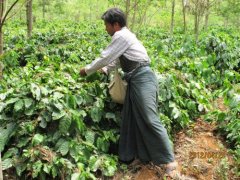
How to change the flavor and taste of coffee with water flow in Brazilian yellow bourbon / yellow wave brewing parameters
Professional baristas please pay attention to the coffee workshop (Wechat official account cafe_style) Brazilian yellow bourbon / yellow bourbon roasting suggested brewing parameters this special coffee is a yellow bourbon / bourbon growing between 900 and 1350masl, it is a natural honey treatment, this process includes selecting and sorting coffee fruits, scraping off part of the flesh, and removing some honey-like ones.
Related
- Beginners will see the "Coffee pull flower" guide!
- What is the difference between ice blog purified milk and ordinary milk coffee?
- Why is the Philippines the largest producer of crops in Liberia?
- For coffee extraction, should the fine powder be retained?
- How does extracted espresso fill pressed powder? How much strength does it take to press the powder?
- How to make jasmine cold extract coffee? Is the jasmine + latte good?
- Will this little toy really make the coffee taste better? How does Lily Drip affect coffee extraction?
- Will the action of slapping the filter cup also affect coffee extraction?
- What's the difference between powder-to-water ratio and powder-to-liquid ratio?
- What is the Ethiopian local species? What does it have to do with Heirloom native species?

